- What is a NaaS platform ?
"NaaS" refers to "Network as a Service." It's a concept in cloud computing where network services are provided to customers on a subscription basis or as an on-demand service. Rather than investing in costly network infrastructure and managing it directly, businesses can utilize NaaS for their networking needs, leveraging the cloud's scalability and flexibility.
Here's a breakdown of what NaaS entails:
- On-Demand Networking: Just like how cloud computing allows businesses to spin up virtual servers on-demand, NaaS allows them to create, scale, or adjust their network resources based on current needs.
- Cost Efficiency: With NaaS, businesses can avoid the high upfront costs associated with establishing and maintaining a traditional network. Instead, they pay for the networking resources they use, much like a utility bill.
- Managed Services: Many NaaS providers offer managed services, meaning they handle the maintenance, updates, security, and optimization of the network. This allows businesses to focus on their core operations rather than getting bogged down by network management.
- Flexibility and Scalability: As businesses grow or their networking needs change, NaaS provides the flexibility to scale network resources up or down easily.
- Integration with Other Cloud Services: NaaS often integrates seamlessly with other cloud services, such as Software as a Service (SaaS) or Infrastructure as a Service (IaaS), providing businesses with a holistic cloud ecosystem.
In summary, Network as a Service (NaaS) is a model that offers network services over the cloud, making it easier and more cost-effective for businesses to have the network resources they need without the complexities and expenses of traditional networking.
- What is Cloud On Ramp ?
"Cloud onramp" refers to solutions and services that facilitate and simplify the process of connecting enterprise networks, data centers, or branch locations to cloud services. The term "onramp" is used metaphorically, similar to how an onramp provides access to a highway; a cloud onramp offers a smoother and more efficient path to the cloud.
There are several key aspects and benefits of cloud onramps:
- Seamless Connectivity: They provide a direct and often optimized connection from an organization's infrastructure to cloud service providers. This can enhance performance and reliability compared to routing traffic over the public internet.
- Enhanced Security: By utilizing dedicated connections, cloud onramps can improve security, reducing the risk of data being intercepted or compromised.
- Improved Performance: Cloud onramps often involve optimized routes or dedicated bandwidth, which can reduce latency and improve data transfer speeds.
- Integration and Interoperability: Many cloud onramp solutions ensure seamless integration between enterprise infrastructure and cloud services, facilitating hybrid cloud and multi-cloud deployments.
- Centralized Management: These solutions can provide centralized tools or dashboards for monitoring and managing connectivity, bandwidth, and performance.
Major cloud providers like AWS, Azure, and Google Cloud offer their versions of cloud onramp solutions, such as AWS Direct Connect, Azure ExpressRoute, and Google Cloud Interconnect. Additionally, various third-party vendors offer cloud onramp solutions designed to enhance and simplify the process of connecting to multiple cloud environments.
In summary, cloud onramps are pivotal in bridging the gap between traditional enterprise networks and the cloud, ensuring efficient, secure, and high-performance connectivity.
- What is inter-cloud routing ?
Intercloud routing refers to the process of routing data and application traffic between different cloud environments. As more organizations adopt multi-cloud strategies (using multiple public cloud providers) and hybrid cloud strategies (combining private and public clouds), there's a growing need to efficiently manage and route traffic between these diverse environments.
Key points of intercloud routing include:
- Connectivity Across Clouds: It's about ensuring seamless connectivity between different cloud platforms like AWS, Azure, Google Cloud, and private clouds. This is crucial for organizations that have workloads distributed across different clouds and need them to communicate with one another.
- Optimized Data Flow: Intercloud routing isn't just about connectivity—it's about ensuring that data flows in the most efficient and optimized manner. This can involve considerations like latency, bandwidth costs, and data transfer rates.
- Security: Intercloud routing solutions must ensure that data remains secure as it moves between different cloud environments. This may involve encryption in transit, dedicated connections, and other security measures.
- Compliance: For organizations subject to regulatory constraints, ensuring data remains within specific geographic boundaries can be crucial. Effective intercloud routing will consider such constraints and route data accordingly.
- Dynamic Routing Capabilities: Cloud environments are dynamic, with resources often scaling up or down based on demand. A good intercloud routing solution can adapt to these changes, adjusting routing patterns as needed.
- Integration with Existing Networks: Many organizations still maintain significant on-premises infrastructure. Intercloud routing solutions should integrate with these existing networks, ensuring that data can flow seamlessly between on-premises environments and various cloud platforms.
Some of the tools and services that facilitate intercloud routing include cloud exchange platforms, cloud network gateways, and software-defined WAN (SD-WAN) solutions optimized for multi-cloud environments.
In summary, as the cloud landscape becomes more complex with a mix of multiple public clouds, private clouds, and on-premises environments, intercloud routing becomes a vital component in ensuring efficient, secure, and compliant data flow across these diverse environments.
- What is a direct interconnection ?
A direct interconnection refers to a dedicated, private connection between two systems or networks, bypassing the public internet. This type of connection is often established to enhance performance, reliability, and security.
Here are some key aspects and benefits of direct interconnections:
- Enhanced Performance: By bypassing the public internet and its potential bottlenecks and congestion, direct interconnections often provide lower latency and more consistent throughput.
- Improved Security: Direct interconnections can offer a more secure communication channel compared to transmitting data over the public internet. This is because the data doesn't traverse the myriad of networks that make up the internet, reducing the exposure to potential threats.
- Consistent and Predictable Network Behavior: By establishing a dedicated connection, organizations can expect consistent network performance, which is particularly crucial for applications requiring real-time data transfer or synchronization.
- Cost Efficiency: In some cases, especially for large volumes of data transfer, direct interconnections can be more cost-effective than transferring data over the public internet, due to reduced bandwidth costs or data transfer fees.
- Compliance and Data Sovereignty: For organizations subject to specific regulatory requirements, direct interconnections can help ensure that data flows are more controlled and restricted to specific paths or geographies.
Direct interconnections are especially prevalent in scenarios such as:
- Data Center to Data Center: Organizations with multiple data centers may establish direct connections between them to facilitate efficient data synchronization and backup operations.
- Enterprise to Cloud: Many enterprises establish direct connections to cloud service providers for better performance and security. Major cloud providers like AWS (with Direct Connect), Microsoft Azure (with ExpressRoute), and Google Cloud (with Cloud Interconnect) offer services that allow businesses to establish these direct connections from their infrastructure to the cloud.
- Peering at Internet Exchanges: Companies might directly interconnect their networks at internet exchange points (IXPs) to exchange traffic directly, bypassing traditional internet transit routes.
In summary, a direct interconnection is a private, dedicated connection between two systems or networks, offering benefits in performance, security, and cost compared to transmitting data over the public internet.
- What is a carrier neutral service provider ?
A carrier-neutral service provider is a provider that allows customers and tenants to select from multiple telecommunications carriers and service providers for their connectivity needs.
It's "neutral" because the network doesn't tie customers to a specific carrier or limit their options to a proprietary service.
At Open Coconut Networks, you are free to use the carrier of your choice when deploying your service over our infrastructure. - What is an Internet Exchange ?
An Internet Exchange (often abbreviated as IX or IXP) is a physical infrastructure that allows multiple internet networks (such as Internet Service Providers, ISPs, and Content Delivery Networks, CDNs) to connect and exchange internet traffic with one another. Instead of routing traffic through third-party networks, direct interconnection via an IXP allows for faster, more efficient, and often more cost-effective data exchange.
Key features and benefits of an Internet Exchange include:
- Reduced Latency: Direct interconnection at an IXP often results in reduced path lengths, which can lead to lower latency for exchanged traffic.
- Cost Efficiency: ISPs can often save costs by peering at IXPs, as they can avoid the transit fees they might otherwise pay to third-party networks for routing traffic.
- Improved Bandwidth: Direct connections at an IXP can allow for increased transfer speeds and improved bandwidth usage.
- Resilience and Redundancy: By connecting to multiple peers at an IXP, networks can enhance their resilience. If one route or peer experiences issues, traffic can be directed through another peer.
- Localized Traffic: IXPs help keep local internet traffic within local infrastructure, avoiding the need to route it over long distances or through international gateways.
- Growth of the Internet Ecosystem: IXPs play a crucial role in the development of the internet ecosystem in a region, fostering improved connectivity and local content hosting.
The IXP itself typically consists of network switches, routers, and the necessary infrastructure to support the many networks that connect to it. Each member network connecting to the IXP usually has its routing policy and decides which traffic it will route through the IXP and which connections it will establish (or "peer" with).
Peering at an IXP is typically governed by mutual agreements, which can be formal (paid peering) or informal (settlement-free peering). In the case of settlement-free peering, two networks agree to exchange traffic without payment, based on the mutual benefits of the connection.
In summary, an Internet Exchange Point (IXP) is a vital component of the internet's infrastructure, allowing networks to connect directly and exchange traffic, fostering improved performance, cost efficiencies, and the growth of the internet ecosystem.
- What is a cross connect ?
A cross connect is a direct physical connection between two points within a data center or telecommunications facility. It's essentially a cable that links two customers' equipment (such as servers, routers, or switches) either directly to each other or to a shared resource, like an Internet Exchange Point (IXP) or a carrier's network.
Here are some key points about cross connects:
- Direct Connection: Cross connects bypass the public internet and other intermediary networks, allowing for direct, point-to-point communication. This can improve performance, reliability, and security.
- Low Latency: Because cross connects are direct links, they can provide extremely low latency, which is crucial for applications that require real-time data transfer, such as financial trading systems.
- Increased Security: Direct connections reduce the number of hops and potential exposure points, potentially improving the security of the data transmission.
- Flexibility: Within a data center, tenants can easily establish or reconfigure cross connects based on evolving needs.
- Types of Cross Connects: They can be made using various types of cables, such as copper for short distances or fiber optics for longer distances or higher bandwidth needs.
- Use Cases:
- Connecting a company's server to its storage infrastructure within the same data center.
- Linking a tenant's equipment to a carrier's network for dedicated internet or WAN access.
- Establishing peering connections between different ISPs or content providers within an IXP.
- Billing: Cross connects often come with a one-time setup fee and a recurring monthly charge, which can vary based on the data center provider and the type of cross connect.
In summary, a cross connect is a direct physical connection within a data center or telecom facility, providing enhanced performance, security, and flexibility for connected systems. It's an essential aspect of data center infrastructure, enabling diverse interconnections and integrations between various networked systems.
- What is a MMR ?
MMR stands for "Meet-Me Room." It's a dedicated space within a data center where different telecommunications companies and carriers physically connect and exchange data. It serves as the central interconnection hub within the facility.
- What is a VPN ?
A VPN, or Virtual Private Network, is a secure connection method used to encrypt and transmit data over the internet, ensuring privacy and protection from potential eavesdroppers. It allows users to access a private network remotely, often used for safe browsing and bypassing geo-restrictions.
- What is a VLAN ?
A VLAN, or Virtual Local Area Network, is a subdivided logical network within a physical network, allowing groups of devices to communicate as if they are on the same physical network, regardless of their actual location.
Value range between 1 and 4094. - What is a datacenter colocation ?
Data center colocation is a service where businesses rent space, power, and cooling for their servers and networking equipment in a third-party data center, allowing them to benefit from the facility's infrastructure without owning it.

Open Coconut Networks
Avenue Léon Champagne, 2
1480 Saintes
Belgium
tel. +32 498 62 53 24
mail : aloha@opencoconut.net
VAT : BE 0761.936.285



